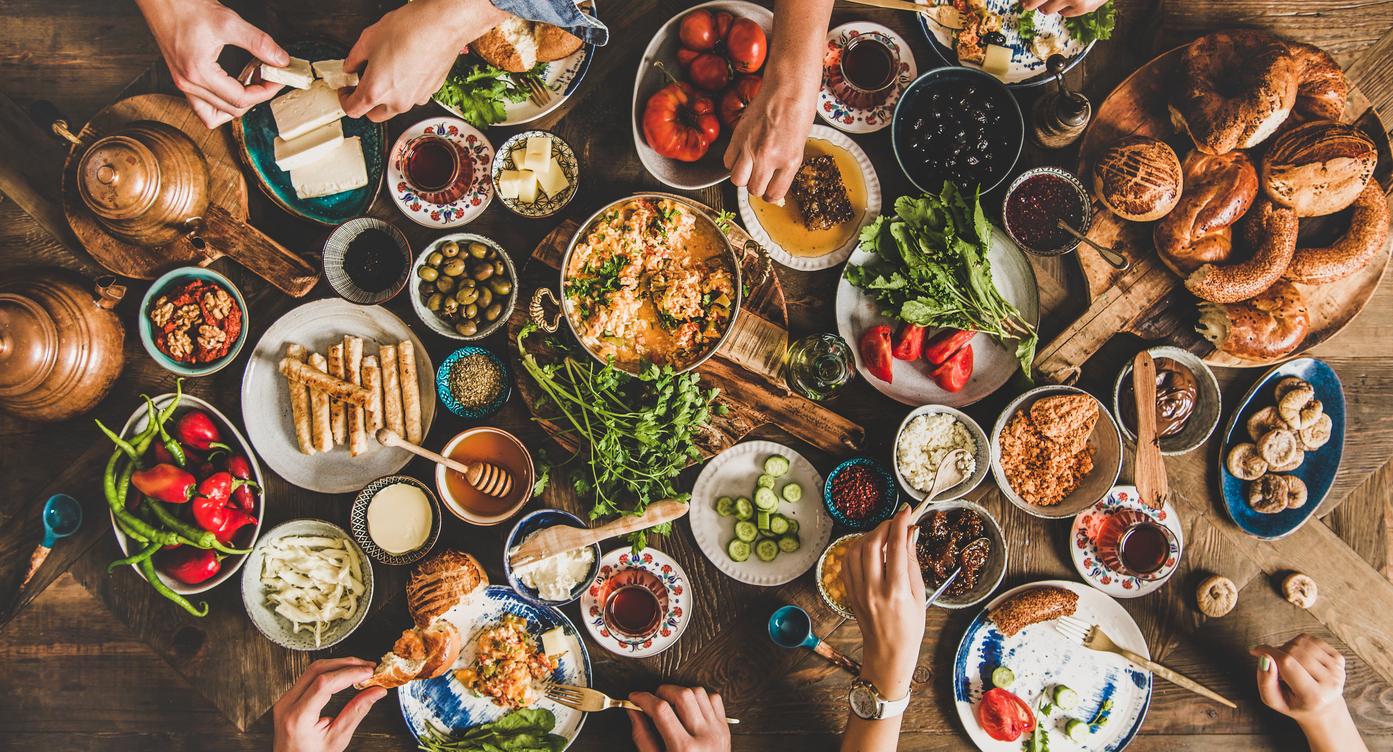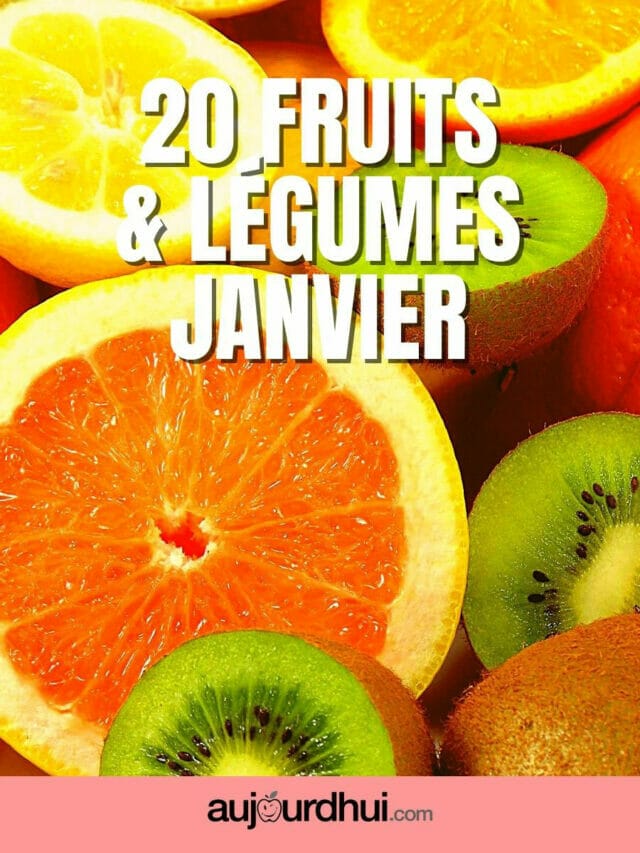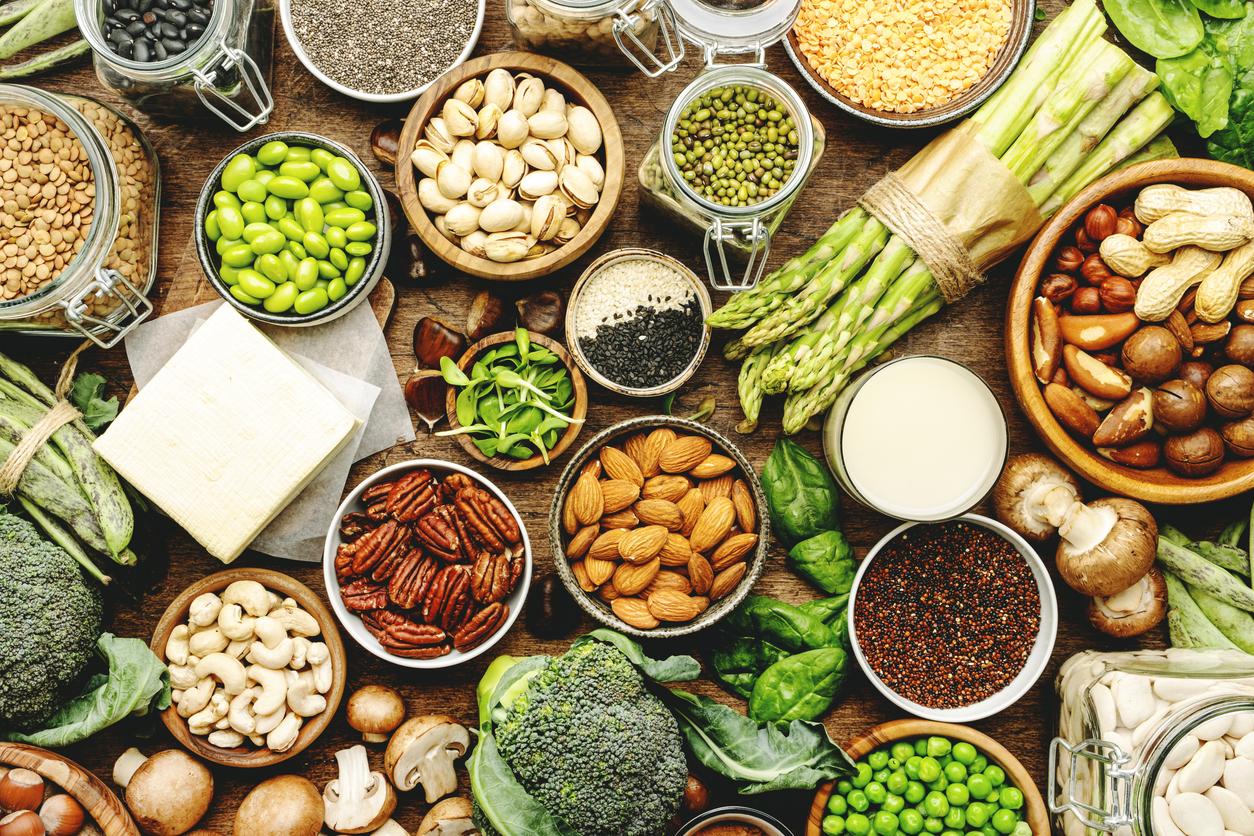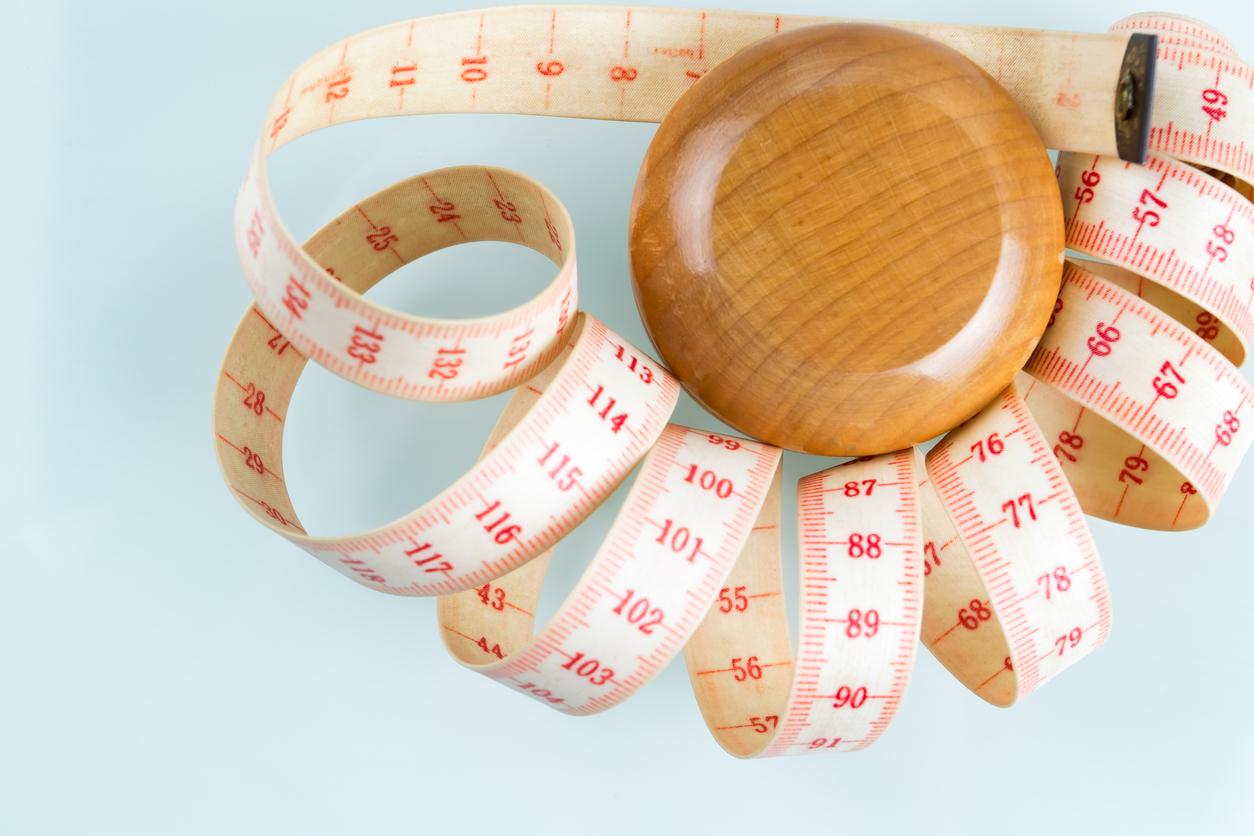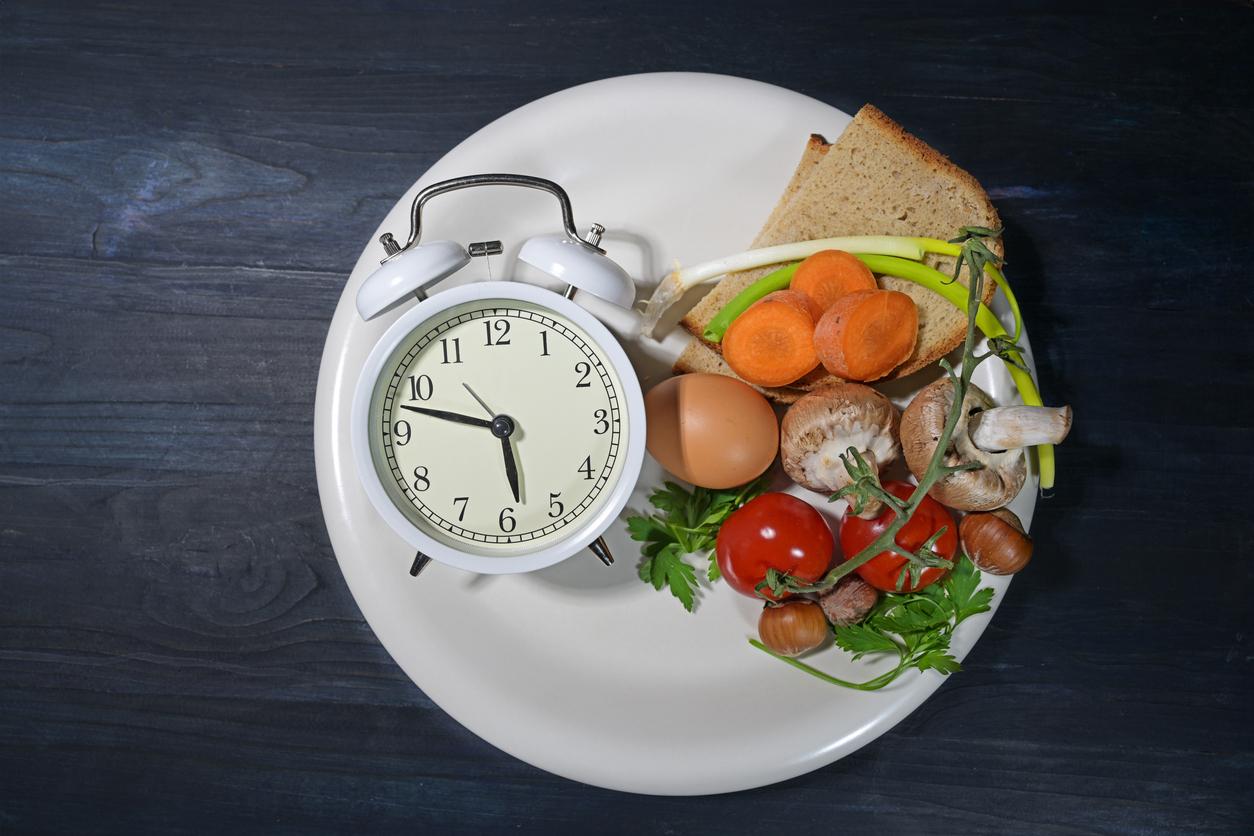Seaweed has been eaten for centuries in Asia (China, Indonesia, Philippines, Japan, etc.), and recently made a noticeable entry into our cuisine. Dulse, wakame, nori, sea lettuce, kombu, sea bean or spirulina: edible seaweed is no longer reserved for chefs, it is simmered daily, in any kitchen, including the smallest ones! Zoom on their nutritional contributions and on the means to consume them easily.
Seaweed: nutrients without the calories
“Seaweeds are distinguished by their minimal calorie content (20 to 40 Cal. per 100 g for fresh seaweed, 200 to 300 Cal. for dried) combined with exceptional nutritional intake”, explains Gilles Dreux, dietician and dietary manager of the Thalazuer center in Carnac
Rich in magnesium (which fights against stress and fatigue) and calcium – some seaweed, such as wakame, contains more than milk – which contributes to bone health, seaweed is distinguished above all by its concentration in iodine, a trace element that plays an essential role in the functioning of the thyroid. “They compensate for iodine deficits, which are quite common in people who live far from the sea and do not eat fish or seafood”, says Gilles Dreux. Athletes, smokers and pregnant women also have higher needs. However, care is taken not to have excessive intakes, which could conversely disrupt the functioning of the gland.
Discover here the Seaweed Tartar Recipe
The most famous algae
spirulina : this seaweed, which is very rich in protein (over 70%), is very popular because of its nutritional richness and in particular its high content of beta-carotene (15 times more than in carrots) and vitamin B12. Available in the form of powder or flakes, its particular flavor and its green color make it more… popular in the form of capsules! It can, otherwise, be eaten in broths, soups, sauces, rice and pasta.
The wakame: this seaweed, rich in calcium, has a delicate flavor that makes it a food that goes well with almost everything: rice, vegetables, meat, tofu, fish and even fruit. Most often eaten cooked, wakame accompanies salads, soups, or marinades, it is also edible without cooking.
Kombu : rich in calcium, iron and potassium, kombu is mainly used to prepare Dashi, a broth which is the basis of many Japanese preparations. Kombu also goes well with legumes, because the glutamic acid it contains increases the digestibility of foods and softens their fibers. Cooked with legumes, it shortens their cooking time.
Paddle: this seaweed, which is found in soups, especially the famous Miso soup, or even salads, goes very well with tofu and vegetables. Before eating it raw, wash it carefully to remove sand and impurities and soak it for 5 minutes. Cooked, arame can be eaten fried, sautéed, or boiled.
Nori: rich in vitamin A, this seaweed is well known for its enveloping role in the preparation of sushi. Nori seaweed can be eaten fresh, dried or rehydrated. Used both as a condiment and in infusion, it can accompany soups and salads, or even fish, tofu, vegetables, pasta and rice.
Agar agar: rich in iron, very low in calories, with a gelling power much higher than gelatin of animal origin, agar agar has gained a good reputation in recent years. Used for making jellies, mousses, ice creams… it is used instead of gelatin, provided the doses are respected (4g per litre) and unlike gelatin, its gelling properties appear when boiled. .
Also discover the health benefits of chlorella, a freshwater micro-algae
Algae: protein boosts
Thanks to their high protein content (20% on average), seaweed is a vegetarian ally. A few pinches in raw vegetables, a soup or a dish can add a small amount of protein, with essential amino acids. They are also rich in fiber, especially soluble. “Fibers regulate intestinal transit, explains Gilles Dreux, and act on satiety. They also lower the level of bad cholesterol in the blood and regulate blood sugar (prevention of diabetes).”
Another advantage? Algae are powerful antioxidants, because they combine carotenoids, flavonoids, phenolic acids, vitamins C and E and fiber… Consuming it helps fight cell aging and prevents cardiovascular disease. The only precaution: it is essential to check the origin of the algae that you buy. These plants have the particularity of fixing heavy metals, which is why we opt for French algae, whose production is controlled.
Discover red algae, the most protein-rich algae
Algae: in what form do we find them?
Fresh: sold in organic stores or fishmongers, in trays, they are generally preserved in salt. It is therefore necessary to start by desalting them in several waters before using them, cut into pieces in a salad or a dish.
In sequins, in mixture : they are thus sprinkled directly on the dishes: they are the easiest to use, and those to be favored by those who are “beginners” in terms of seaweed!
Dehydrated : this is the most common form. Algae can be whole (in sheets, ribbons or rolls), so they must be rehydrated before using them.
As a follower of Okinawa program, remember to sprinkle it on your soups and salads once a day. Once your palate is accustomed to these new flavors, you can start tasting them separately.
Test this express recipe for iodized vinaigrette : staramulsify 1 tbsp. at s. of rice vinegar with 1 pinch of wasabi, 1 tbsp. at s. lime juice, 1 tbsp. c. sugar, 1 tbsp. at s. sesame oil. Add 2 tbsp. c. dehydrated seaweed. Delicious with leeks vinaigrette, asparagus or simple lettuce.
3 easy ideas for consuming seaweed
• In crisps: spread 2 sheets of nori on a plate with a sheet of parchment paper. Coat with a little sesame oil, and bake for 5 to 10 min at 180°C (th. 6). To be crunched for the aperitif.
• In legumes cooking water : immerse 2 or 3 strips of kombu (or 1/2 tbsp of powder) in the legumes cooking water, to speed up the cooking time, but also to make them more digestible.
• As a foil : Cook 1 leaf of fresh sea lettuce for 15 minutes in boiling water, then use it as a foil (around a fish fillet, for example), like a cabbage leaf.








